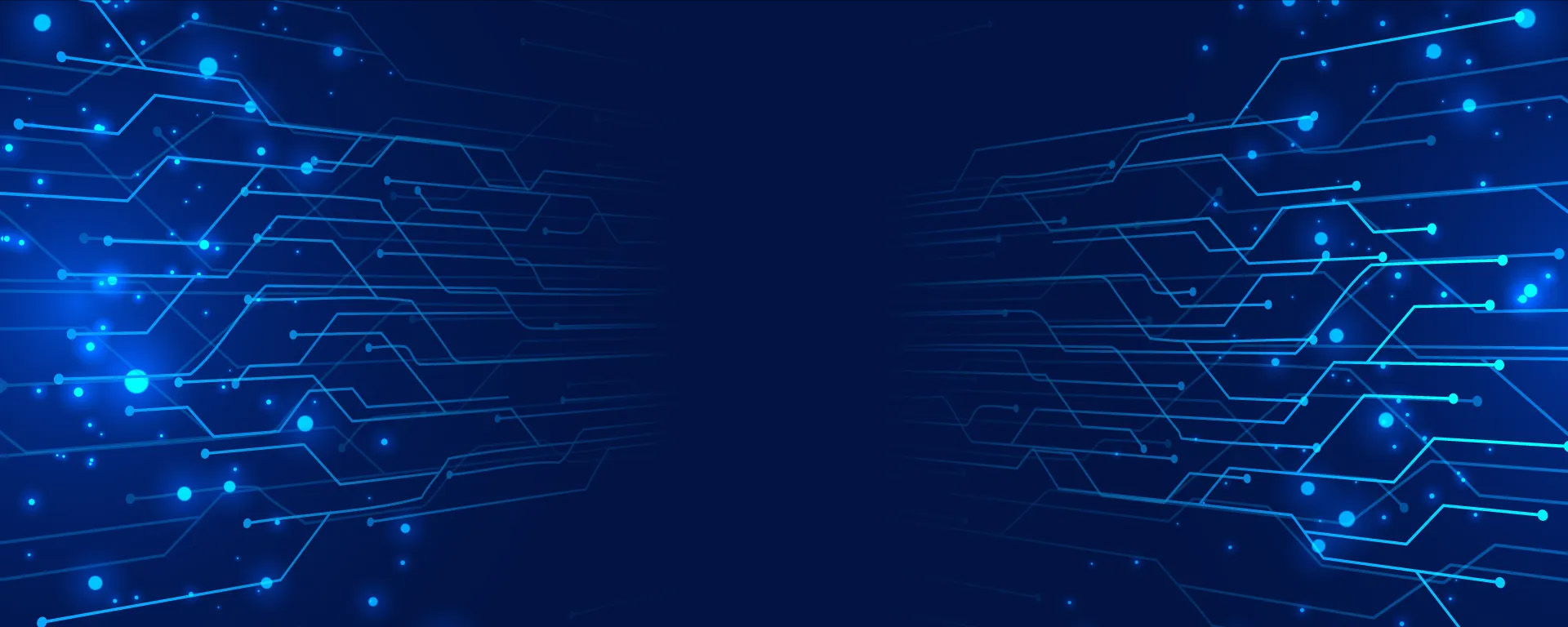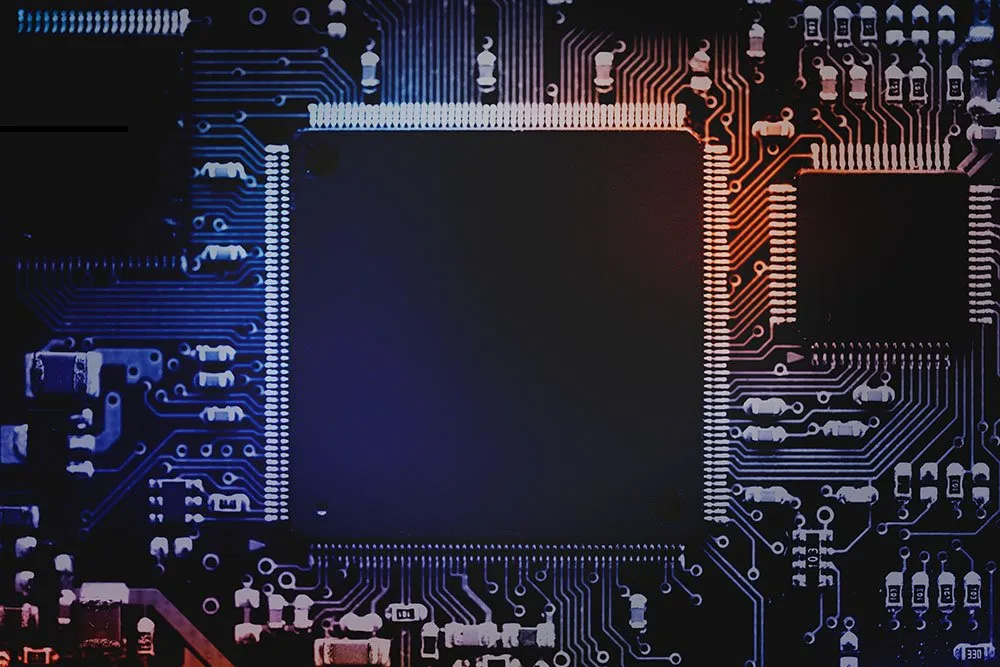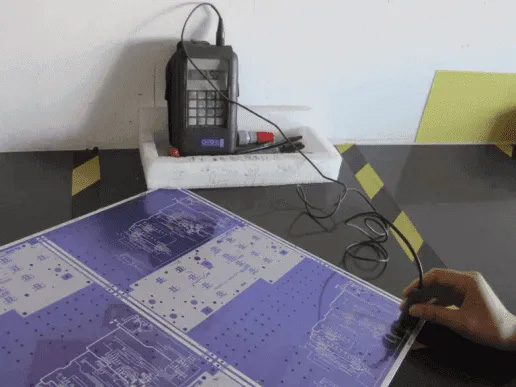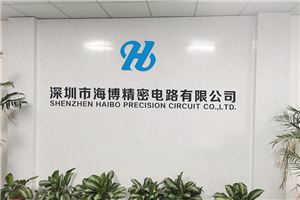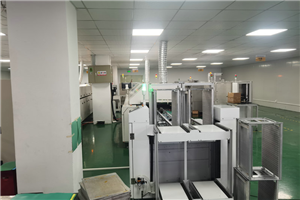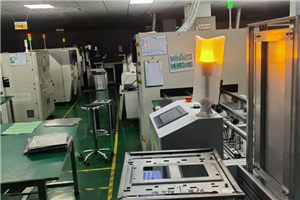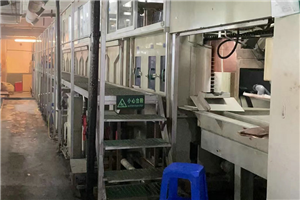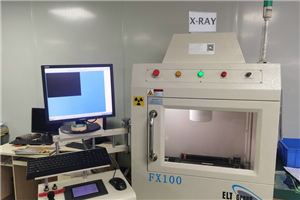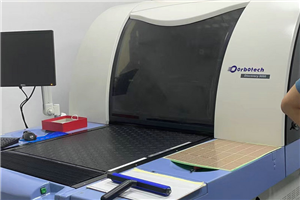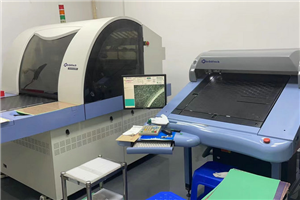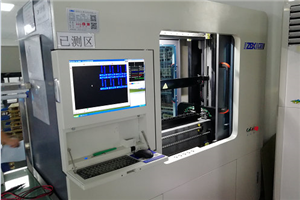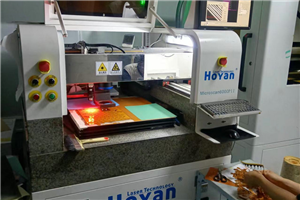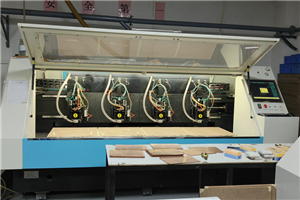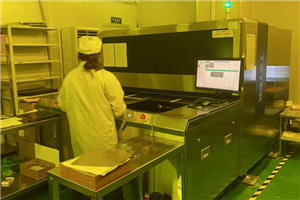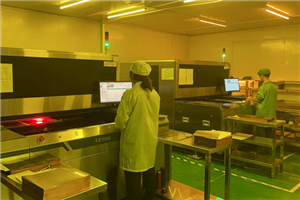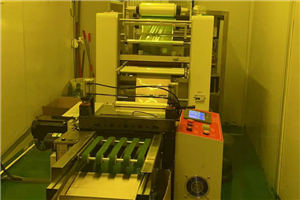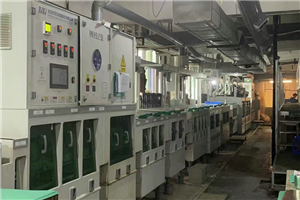PCB is customized by PCB manufacturing suppliers. Therefore, the cost of each PCB may vary. But we can still provide a quote no matter what. What are the main factors that affect the cost of PCB manufacturing? Please refer to the following detailed information:
Substrate type
This is one of the most important factors, as different types of PCB materials have different price levels, and different companies producing the same type of PCB material may also have significant price differences. Taking the most common PCB material FR4 as an example, its cost may be around $30 per square meter, but the cost of high-frequency materials may be four times higher than that of FR10 materials. Ordinary polyimide materials used for flexible PCBs may cost around $50 per square meter, but polyimide materials from DuPont (the most advanced polyimide material manufacturer) may be 2-5 times higher. Therefore, it is very important to specify the material types in the Gerber files and specifications to PCB manufacturing suppliers.
PCB dispute
The larger the PCB crack, the more materials are required to manufacture the PCB, resulting in a higher price. At Viasion, our engineers always strive to provide you with the best advice on PCB panels to achieve optimal utilization in PCB manufacturing services, thereby saving you costs.
PCB layers
The more layers there are, the more materials and production processes are required for circuit board manufacturing, and the higher the cost. Therefore, please use lower layers as much as possible to reduce PCB manufacturing costs.
copper thickness
The thicker the copper, the higher the manufacturing cost of the PCB board. The normal copper thickness is 0.5-1oz, so the price of copper thickness exceeding 1oz will increase. If the copper thickness exceeds 3oz (105um), the PCB manufacturing cost will increase significantly. So it's best to find a PCB manufacturing company for a quotation.
PCB Thickness
The thicker the overall thickness of the PCB, the higher the cost. The overall thickness of a general PCB is 1.6mm, and the price of PCBs with a thickness exceeding 1.6mm will increase. But the cost of ultra-thin (such as 0.15mm FR4 PCB) rigid PCB is higher than that of general 1.6mm PCB, because the production difficulty of ultra-thin rigid PCB is very high. So in PCB design, it is best to use standard board thickness (0.8 to 2.0mm) to save PCB manufacturing costs.
laminated structure
It is best to use a regular structure for multi-layer PCBs, as special layer structures may incur additional costs in circuit board manufacturing. For example, some engineers have designed very thick dielectrics, which requires stacking several pieces of prepreg together. Extra prepreg means extra cost, and sometimes we even need to add uncovered FR4 material, which will add a lot of cost in PCB manufacturing.
Blind hole/buried hole
Blind buried holes mean that the PCB manufacturing process is much more complex than ordinary PTH holes and requires more advanced equipment. Therefore, the PCB manufacturing cost of HDI circuit boards is much higher than that of ordinary PCBs with only PTH holes.
Surface Treatment
The cost of different surface treatment methods also varies. The cheapest ones are HAL and OSP, as well as ENIG. The more expensive ones are silver plating and tin plating ENEPIG, But the most expensive is hard gold plating, with a thickness of about 0.1-3um. It is not difficult to understand that the manufacturing cost of PCB with hard gold plating is very expensive because it is "real gold" plated on the PCB.
Special technology or requirements
Special technologies such as countersunk, back drilling, and impedance may also affect PCB manufacturing costs, so it is best to send Gerber to us for a free quote.

